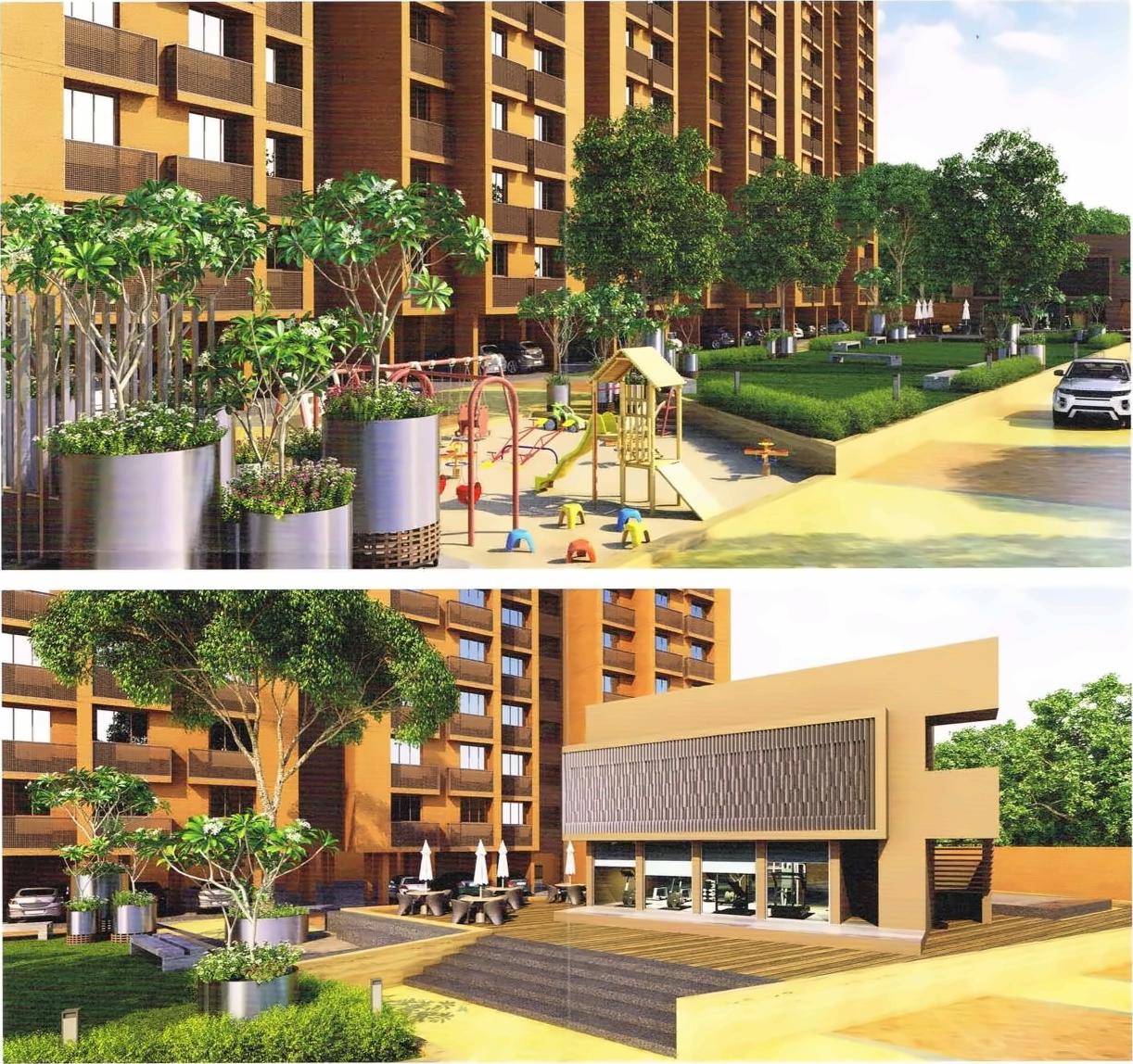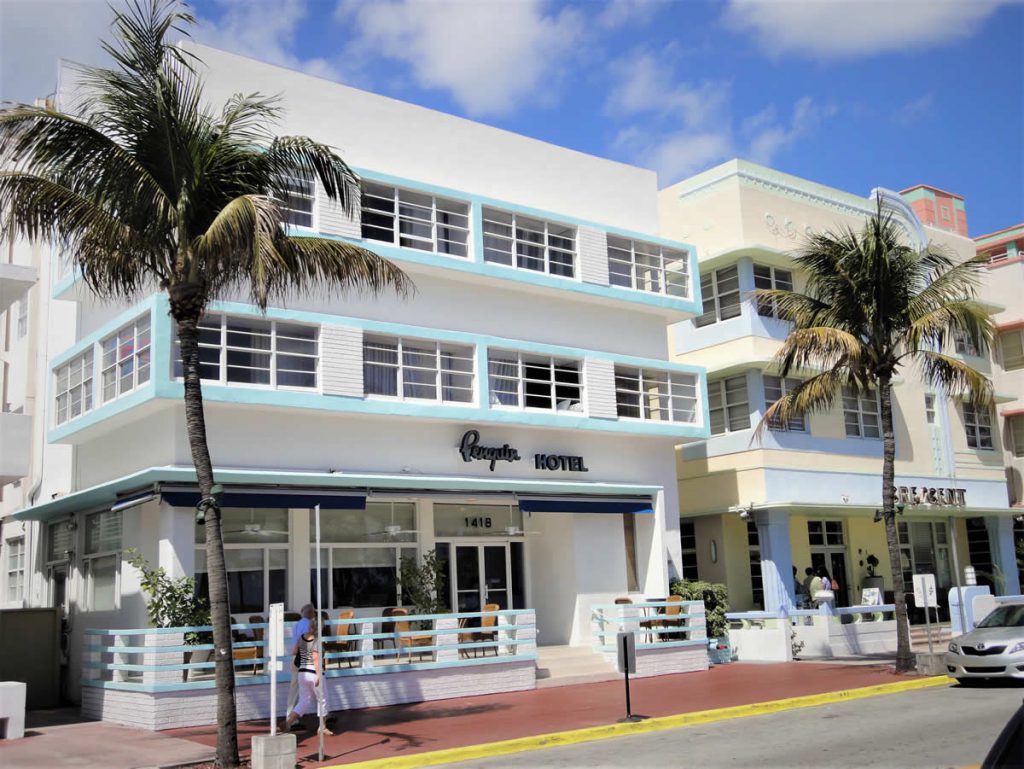Table Of Content

There are a lot of components within DesignOps, and what an organization chooses to select — or to pass on — should depend on the current needs and most poignant pain points of that organization. It follows, then, that there are many perceived values of DesignOps, depending on what problems a design team or organization is focused on solving, as reflected in the research. If you’re not sure where to start you can use this onboarding cheatsheet for inspiration.
Which Mental Model of DesignOps Is Correct?
(There may be differences in internal and external perceptions.) Our DesignOps framework could be used to develop an interview guide (such as the one below) that will help surface any opportunities across the landscape of elements. The DesignOps framework is the orchestration of people, processes, and craft. The multi-colored design on the side of Bridgestone's Tour B ball is part of a multi-step visualization process. Rachel Krause is a Senior User Experience Specialist with Nielsen Norman Group.
Operations Support is on the outside looking in
Call of Duty: Black Ops Cold War Map Design is Different Than Modern Warfare in Big Way - GameRant
Call of Duty: Black Ops Cold War Map Design is Different Than Modern Warfare in Big Way.
Posted: Wed, 09 Sep 2020 07:00:00 GMT [source]
Design thinking puts the human using a product at the center of design. This requires research, collaboration, and testing to get a finger on the pulse of user behavior and needs. A design system collects all the reusable components and standards that have been approved for user-centered design into a framework that makes development repeatable and consistent.
How Were DesignOps Definitions Analyzed?
Team needs will shift over time, and so should the DesignOps practice. The leader’s priority needs to be the team’s success and not their personal branding and should have a good balance between hard and soft skills. This means the leader should be an experienced designer, preferably someone who has worked with different companies and industries. Someone that is focused on helping each person on the team grow and that has a strong ethical sense (strong ethics is good for business and great for teams!). Design Ops is a role that has its reason to exist, especially in growing design teams.
Create a stand-alone role (or even a department).
That being said, it’s also important to measure goals’ achievement progress. A metrics dashboard displaying progress within the team will help keep team members motivated and understand where they might be falling behind. Individual (i.e., per-employee) OKRs will help your designers see how their work objectives fit as an element of the greater design puzzle. As a result, they’ll know how their work contributes to the overall outcome of the project.

This positioning may be more effective at setting your efforts up for longer-term success, ensuring the longevity of DesignOps as a practice or set of roles that endure beyond the solving of one particular problem your team is facing. As your team grows and design processes get more complex, managing scalability while keeping your UX debt under control may seem like an (almost) impossible mission. But there are ways to minimize it, and establishing a solid UX Practice with DesignOps is a great way to set your people and your product up for success. By hiring the right people, taking care of their development, and giving them the support, resources, and infrastructure they need to succeed, you are on a great track to build a truly empowered design organization. DesignOps ensures that collaboration actually happens by setting up the right processes and practices and facilitating the collaborative design process.
Elevated Structure in Practice
Continue to build buy-in for the newly shaped DesignOps value and any proposed roles or resources required to deliver it. Take the research (e.g., the observed painpoints), the solution (e.g., the consolidated DesignOps focus areas), and the required resources (e.g., new-role descriptions) on a roadshow. Present the vision to stakeholders, solicit feedback, and revise as necessary. Get a demo and discover how 450+ ambitious companies and 2,500 energized fans use Superside to free themselves from the shackles of limited budgets, broken processes and stretched in-house teams. It’s become essential to creating a lasting impact on your potential customer.
Apple just lost its VP of manufacturing design, while another ops exec is looking to leave - Fast Company
Apple just lost its VP of manufacturing design, while another ops exec is looking to leave.
Posted: Thu, 27 Feb 2020 08:00:00 GMT [source]
DesignOps Mile Markers
That being said, tools are just part of the puzzle – the remaining element is following the right communication practices, which we discuss next. DesignOps establishes how much it costs to run the design team and justifies these costs. Once the budget is approved, they are in charge of how it is distributed within the design team. At its core, DesignOps is about curiosity and openness about how the industry can change — and that producers can help lead changes to the design process.
The right profile for a banking company might not be the right fit for a food and beverage organization. But what is DesignOps, what is the right time to implement it, and how can it help you establish a healthy UX practice aligned to your business needs? The list could definitely go on and on, and of course the individual tasks differ again from company to company. But you probably now have a good overview of what belongs to a Design Ops role. If we use the comparison of a construction site, there are the workers who work every day to make a new building come into being. In order for the construction workers to do their work, a lot of planning and organization is needed beforehand and also during.
For example, an operations manager can help your new approach succeed by making sure the design operations team has the tools and resources it needs to make the transition. Operations managers typically oversee human resources, purchasing, information technology, and other key departments, all of which can help your team complete design projects and demonstrate the value of design to the organization. Research ops lead is one of the most important design ops roles because the success of the design team hinges on the ability to deliver a positive customer experience. UX researchers identify user pain points, giving product teams the information they need to develop user-friendly designs.
Design teams are growing fast, and so are the operational systems that manage them. We’re living in a design-first world, and that means that graphic design matters more than ever. Of course, that also means that graphic designers are busier than ever. With a dedicated DesignOps hire established, additional staff is needed to support the growing DesignOps workload. Some companies enlist an operations manager to coordinate design staffing, budgetary, and resource needs. During this transitional phase, many companies begin systematizing design.
Ernst & Young Global Limited, a UK company limited by guarantee, does not provide services to clients. BuildOps automates the flow of work orders, customer data, invoices, project KPIs, and more – from the office to the field, and back again. Seamlessly attach photos, videos, PDFs, and custom forms directly to quotes and invoices.
This way, your team can focus more time on the actual design and maintain consistency with the coded product. The DesignOps team organizes workshops and training for the professional development of the design team. They also provide professional and emotional support for designers within their team and organize team-building activities to create a sense of community in the design team. Teams might work in isolation on the basis of inconsistent requirements, which negatively affects the delivery timelines and, ultimately, the UX. DesignOps practices help companies overcome these bottlenecks and create harmony between design and development teams. Design ops relies heavily on design systems, which standardize many aspects of the design process, making it easier to complete a project.
DesignOps practitioner Patrizia Bertini shared the observation she made in 2018 when working with international teams. The company faced rapid growth, and operational inefficiency caused a slowdown in the working speed and the entire production cycle. Designers spent up to 5 working days a month looking for research participants, and the lead time was lengthened to 4 weeks.
That being said, DesignOps isn’t an isolated, ‘design-team-only’ exercise reserved for design organizations. It requires lots of information sharing with other stakeholders (especially, software developers). By following a set of practices, your designers can enhance the quality of these interactions, focus on effective goal completion, and free the time for other initiatives. The design ops approach has several benefits for companies of all sizes, including increased efficiency and higher levels of motivation among members of the design team. If you need additional personnel to make design ops a reality for your organization, search for experienced design professionals to add to your team.














